Brief History of Tieguanyin Tea
Delve into the refined world of Tieguanyin Tea, a revered oolong variety that encapsulates the essence of Chinese tea culture. With its origins deeply rooted in the misty mountains of Fujian province, this tea has captivated generations with its enchanting aroma and delicate flavor profile. Embark on a sensory journey as we unravel the mystique behind this ancient brew. Tieguanyin Tea, also known as Iron Goddess of Mercy, traces its lineage back to the Qing Dynasty in China. Legend has it that a devout farmer discovered a unique tea plant in a rundown temple dedicated to Guanyin, the goddess of mercy.
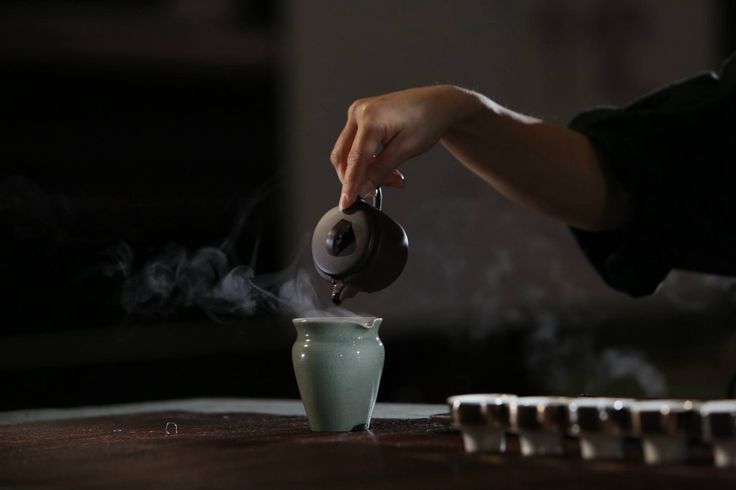
In honor of this divine encounter, he nurtured and cultivated the plant, eventually yielding an exceptional oolong tea – Tieguanyin. The meticulous craftsmanship involved in processing these tea leaves has been passed down through generations, preserving its legacy as one of China's most prized teas.
Importance and Popularity of Tieguanyin Tea in Chinese Culture
In Chinese culture, Tieguanyin Tea holds symbolic significance beyond its exquisite taste. Revered for its calming properties and esteemed as a gift symbolizing respect and gratitude, this tea plays a central role in social rituals and ceremonies.
Its prevalence in traditional teahouses and modern cafes alike showcases its enduring popularity among connoisseurs seeking an authentic taste of China's rich cultural heritage. Embrace the allure of Tieguanyin Tea as we explore its profound impact on Chinese traditions and customs.
Cultivation and Harvesting of Tieguanyin Tea Leaves
Tieguanyin tea, also known as Iron Goddess of Mercy, is primarily grown in the Anxi region of Fujian province in China. The ideal climate and soil conditions in this region contribute to the unique flavor profile of Tieguanyin tea. The tea bushes are cultivated at higher elevations, where they benefit from cool temperatures and abundant rainfall.
Cultivators meticulously tend to the tea plants, ensuring they receive adequate sunlight and nutrients for optimal growth. Harvesting Tieguanyin tea leaves is a delicate process that requires skilled hands and careful timing.
The most prized leaves are harvested in the spring during the Qingming Festival when the leaves are at their peak flavor and aroma. Experienced harvesters hand-pick only the top two or three leaves along with the bud, as these contain the highest concentration of essential oils and flavor compounds that give Tieguanyin its characteristic taste.
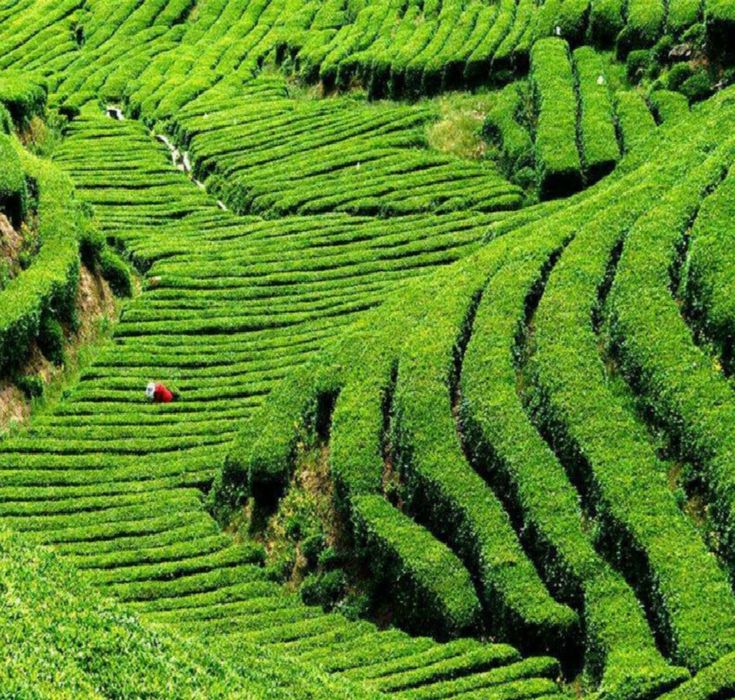
Traditional Methods of Processing Tieguanyin Tea Leaves
After harvesting, the freshly plucked Tieguanyin leaves undergo a meticulous processing method that has been passed down through generations. The leaves are first withered to reduce moisture content before being gently rolled to break down cell walls and release enzymes that initiate oxidation.
This rolling process helps shape the leaves into tight balls that retain their aroma and flavor. Next, the semi-oxidized leaves are spread out for oxidation, a crucial step that determines the final flavor profile of Tieguanyin tea.
Traditional artisans closely monitor this stage to ensure just the right level of oxidation is achieved to create a balanced taste profile. Once oxidized, the leaves are pan-fired or roasted to halt oxidation and preserve their distinctive floral notes.
Oxidation and Roasting Techniques for Enhancing Flavor
Oxidation plays a pivotal role in developing Tieguanyin tea's complex flavors. The level of oxidation can vary depending on desired taste characteristics—ranging from light floral notes to deeper roasted undertones.
Skilled artisans use traditional methods such as shaking or tumbling to evenly oxidize each leaf before applying heat treatment. Roasting techniques further enhance Tieguanyin tea's flavor by imparting caramelized notes and depth to its profile.
Some producers opt for charcoal roasting over wood fires to infuse smoky nuances into the final brew. The careful balance between oxidation levels and roasting techniques results in a harmonious cup of Tieguanyin tea with layers of flavor that unfold with each sip.
Characteristics of Tieguanyin Tea
Appearance: Tightly Rolled, Dark Green Leaves
The visual allure of Tieguanyin tea lies in its tightly rolled, dark green leaves. These leaves are meticulously hand-processed to achieve their distinctive appearance.
When you unfurl a bundle of Tieguanyin tea leaves, you'll be greeted with tightly curled orbs that unfurl gracefully as they steep in hot water. The deep green hue of the leaves hints at the rich flavors and aromas that are about to be released during the brewing process.
Aroma: Floral, Orchid-Like Fragrance
One of the most enchanting aspects of Tieguanyin tea is its captivating aroma. As soon as hot water cascades over the delicate leaves, a floral bouquet reminiscent of orchids wafts through the air, enveloping your senses in a fragrant embrace.
The ethereal scent is both soothing and invigorating, transporting you to serene gardens blooming with delicate flowers. Each inhalation invites you to savor the anticipation of what lies ahead—a sensory journey through layers of complexity and nuance.
Flavor Profile: Smooth, Buttery Texture with Hints of Sweet Undertones
Upon taking your first sip of Tieguanyin tea, your palate is treated to a symphony of flavors that dance gracefully on your tongue. The smooth texture caresses every taste bud, leaving behind a velvety sensation that speaks to the meticulous craftsmanship behind this revered oolong tea.
Notes of buttery richness unfold elegantly, accompanied by subtle hints of sweetness that linger delicately on the palate. The interplay between these elements creates a harmonious balance—a true masterpiece in every sip.
Health Benefits of Tieguanyin Tea
Antioxidant Powerhouse: Boosting Immunity
Tieguanyin tea, renowned for its high levels of antioxidants, serves as a potent elixir for fortifying the immune system. The catechins and polyphenols present in this exquisite oolong tea variety act as powerful antioxidants that combat harmful free radicals in the body.
By regularly indulging in a cup of Tieguanyin tea, one can enhance their body's defense mechanisms, reducing the risk of illnesses and infections. The immune-boosting properties of Tieguanyin tea make it a delightful and healthful choice for those seeking to bolster their overall well-being.
Aid in Digestion and Weight Management
Beyond its tantalizing flavor profile, Tieguanyin tea offers remarkable benefits for digestion and weight management. The polyphenols found in this elegant tea variety not only aid in the digestion process but also promote gut health by supporting the growth of beneficial gut bacteria.
Additionally, Tieguanyin tea is known to boost metabolism, helping individuals maintain a healthy weight or achieve weight loss goals. Its gentle yet effective digestive properties make it a desirable beverage choice after meals or as part of a balanced weight management plan.
Stress-Relieving Elixir for Relaxation
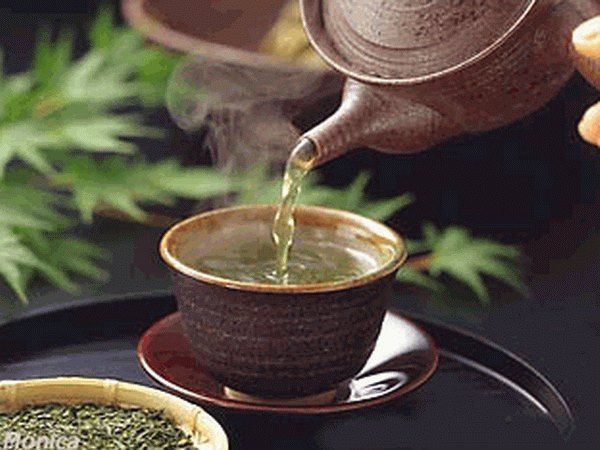
In today's fast-paced world filled with stressors, finding moments of tranquility is essential for maintaining mental well-being. Enter Tieguanyin tea, a stress-relieving elixir revered for its calming effects on the mind and body. The soothing aroma and smooth texture of this exceptional oolong variety create a sensory experience that promotes relaxation and eases tension.
With each sip of Tieguanyin tea, one can embark on a journey towards inner peace and serenity, making it an ideal companion during moments of self-care or mindfulness practices. Embrace the holistic benefits of Tieguanyin tea as you unwind from the pressures of daily life.
Brewing Techniques for the Perfect Cup of Tieguanyin Tea
Water Temperature and Steeping Time Recommendations
To fully appreciate the delicate flavors of Tieguanyin tea, it is crucial to pay attention to water temperature and steeping time. The ideal water temperature for brewing Tieguanyin tea is around 195-205°F (90-96°C). Boiling water can scorch the leaves and result in a bitter brew, while water that is too cool may not extract the full range of flavors.
As for steeping time, a general guideline is to steep Tieguanyin tea for about 3-5 minutes for the first infusion. Adjust this time based on personal preference – a shorter steeping time will yield a lighter, more floral cup, while a longer infusion will bring out deeper, richer notes.
Teaware Selection: Gaiwan, Yixing Clay Teapot, or Glass Teacup
Choosing the right teaware can greatly enhance your Tieguanyin tea brewing experience. Traditional Chinese teaware such as a gaiwan or Yixing clay teapot are popular choices due to their ability to retain heat and showcase the tea's nuanced flavors. A gaiwan, with its simple design of a lidded bowl, allows you to observe the unfurling leaves during brewing and offers precise control over steeping time.
Yixing clay teapots are prized for their porous nature that absorbs oils from previous brews, seasoning over time and adding layers of complexity to each cup. For those who prefer modern aesthetics or convenience, using a glass teacup can also be suitable as it allows you to admire the color variations of the liquor as it steeps.
Multiple Infusions to Enjoy the Evolving Flavors
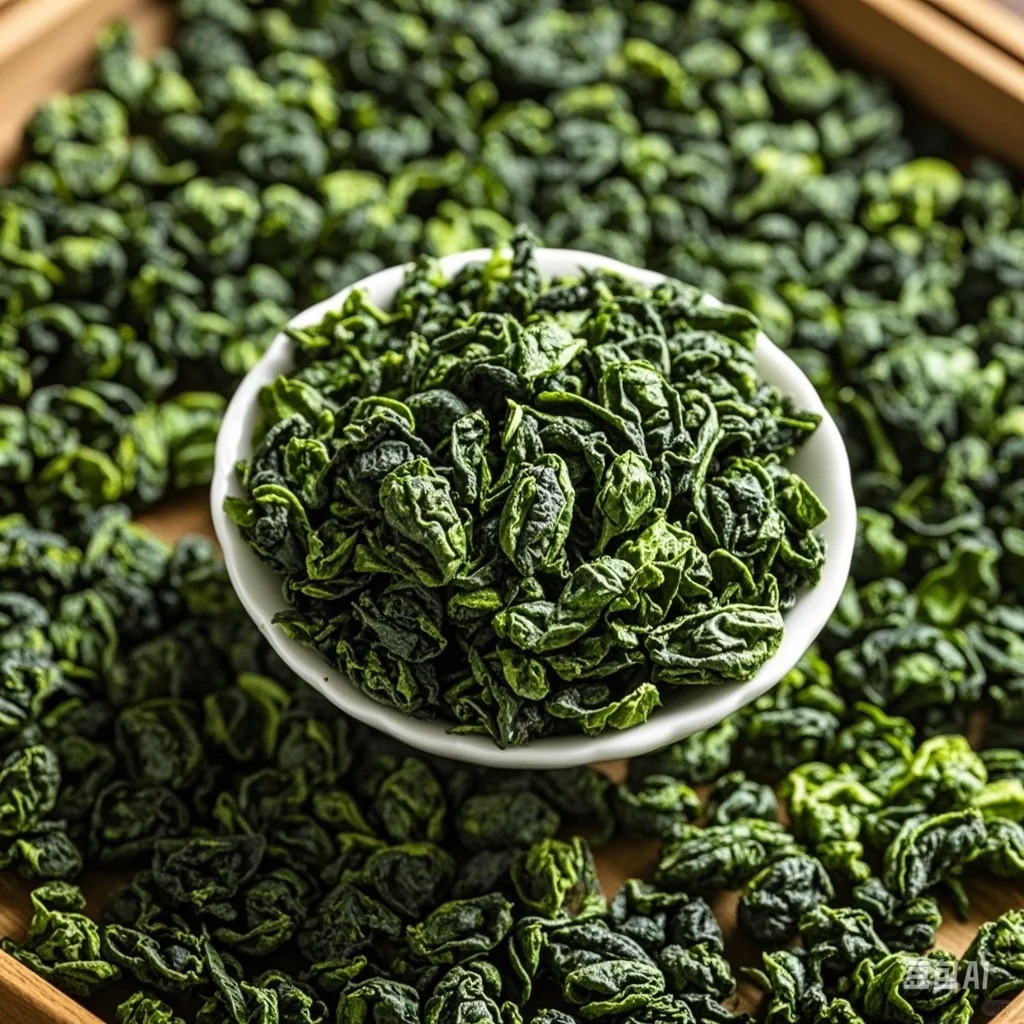
One of the unique qualities of Tieguanyin tea is its ability to unfold different layers of flavor with each subsequent infusion. After enjoying your initial cup, don't discard those leaves just yet – they still have much more to offer!
With each subsequent infusion, adjust your steeping time slightly longer than before while maintaining an appropriate water temperature. The second infusion may reveal more floral notes with hints of creaminess developing.
As you continue brewing subsequent cups (some enthusiasts enjoy up to seven infusions), you may notice evolving flavors ranging from orchid-like sweetness to nutty undertones. Embrace this sensory journey as you savor how Tieguanyin tea evolves and reveals its complexities over multiple infusions.
Tieguanyin Tea Varieties and Grades
Different Levels of Oxidation: Light vs Medium vs Heavily Oxidized
Tieguanyin tea comes in varying levels of oxidation, each offering a unique taste profile. Lightly oxidized Tieguanyin, often referred to as "green Tieguanyin," retains more of its natural green color and vegetal notes. The leaves are minimally processed to preserve their fresh, grassy flavors.
Medium oxidized Tieguanyin strikes a balance between green and dark oolong teas, showcasing floral aromas with a slightly nutty undertone. In contrast, heavily oxidized Tieguanyin undergoes a longer oxidation process, resulting in darker leaves and a richer flavor profile reminiscent of roasted nuts and caramel.
Single-Origin vs Blended Varieties
Single-origin Tieguanyin teas are highly sought after for their distinct terroir-driven characteristics. These teas are sourced from specific tea gardens or regions known for producing exceptional quality leaves. Single-origin Tieguanyin offers tea enthusiasts the opportunity to explore the nuanced flavors influenced by factors such as soil composition, altitude, and climate.
On the other hand, blended Tieguanyin teas combine leaves from different sources to achieve a balanced flavor profile that appeals to a wider audience. Blending allows tea masters to create harmonious blends that highlight the best attributes of each component.
Premium Grades such as "Monkey Picked" or "Iron Goddess Supreme"
Within the world of Tieguanyin tea, there exist prestigious grades that signify superior quality and craftsmanship. "Monkey Picked" Tieguanyin is a rare designation that originates from legends of trained monkeys harvesting leaves from inaccessible cliffsides—a testament to the tea's exclusivity and premium status.
Another revered grade is "Iron Goddess Supreme," denoting the highest grade of Tieguanyin characterized by its exquisite floral aroma and exceptional taste profile. These premium grades command attention not only for their exceptional flavor but also for the skillful production techniques employed in their cultivation and processing.
Ceremonial Preparation and Serving Etiquette
In Chinese culture, the preparation and serving of Tieguanyin Tea are steeped in tradition and ritual. The process of making this revered oolong tea involves meticulous steps that pay homage to its rich history. The first step is warming the teaware, often a Yixing clay teapot, with hot water to ensure the temperature remains consistent for brewing.
Next, the tightly rolled Tieguanyin tea leaves are carefully measured and placed into the teapot before hot water is poured over them. The tea is allowed to steep for a specific duration to extract its full flavor potential.
Serving Tieguanyin Tea is an art form in itself, with attention to detail being paramount. The host or tea master pours the tea into small cups in a circular motion, ensuring an even distribution of flavor.
When offering the tea to guests or elders, it is customary to hold the teacup with both hands as a sign of respect. The subtle movements and gestures involved in serving Tieguanyin Tea reflect grace and mindfulness, enhancing the overall experience of enjoying this exquisite beverage.
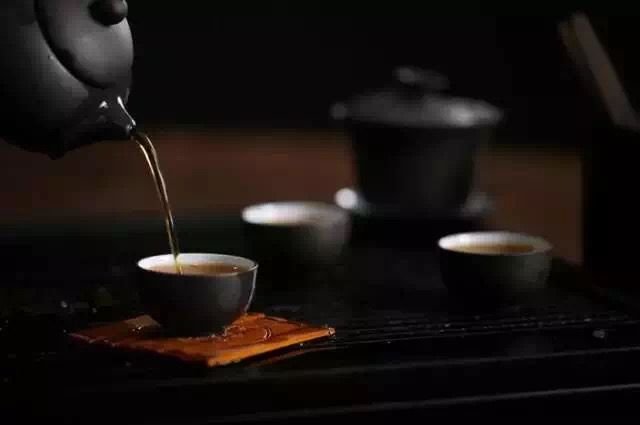
Significance in Chinese Weddings, Festivals, and Ceremonies
Tieguanyin Tea holds a special place in Chinese weddings, festivals, and ceremonies as a symbol of unity, respect, and tradition. At weddings, offering Tieguanyin Tea to both sets of parents symbolizes gratitude for their love and support while also symbolizing harmony between families.
During festivals such as Chinese New Year or Mid-Autumn Festival, serving Tieguanyin Tea signifies prosperity and good fortune for the coming year. In traditional ceremonies like ancestor worship or honoring ancestors during the Qingming Festival (Tomb-Sweeping Day), Tieguanyin Tea plays a role in paying respects to departed loved ones.
The significance of Tieguanyin Tea extends beyond its delightful taste; it serves as a bridge connecting generations through shared rituals and customs. Whether sipped during joyful celebrations or solemn occasions marking life's passages, this cherished oolong tea embodies cultural values deeply rooted in Chinese society.
Modern Adaptations in Cafes and Tea Houses Worldwide
While deeply entrenched in Chinese culture and traditions, Tieguanyin Tea has also made its mark on modern-day cafes and tea houses worldwide. As global interest in premium teas grows, Tieguanyin has become increasingly popular among tea enthusiasts looking for unique flavors. Many establishments now offer various varieties of Tieguan yin, ranging from classic medium-oxidized to rare-aged versions. These modern adaptations celebrate the versatility and complexity of this beloved oolong tea, appealing to tea connoisseurs seeking new experiences.
